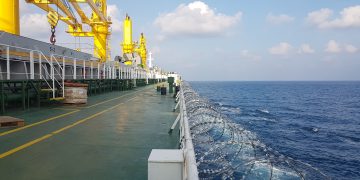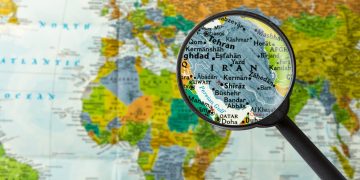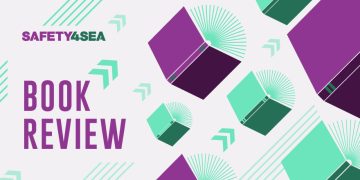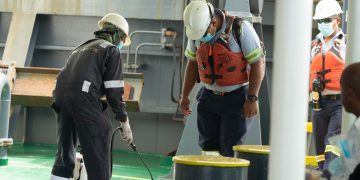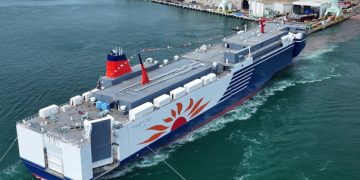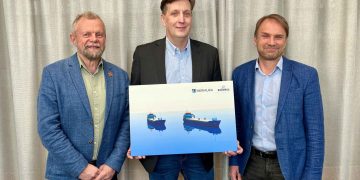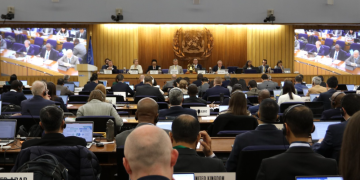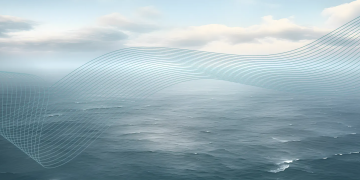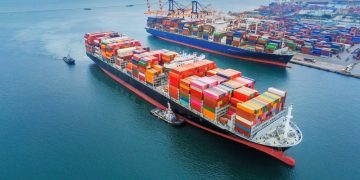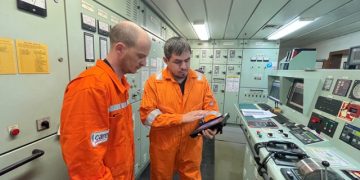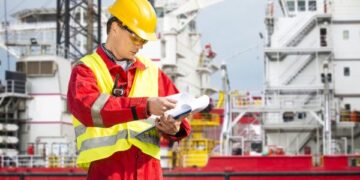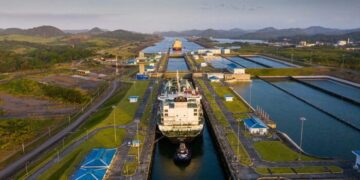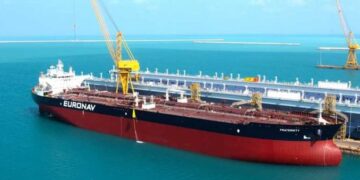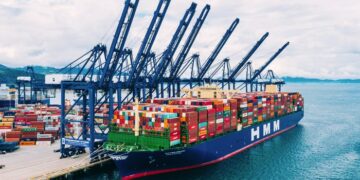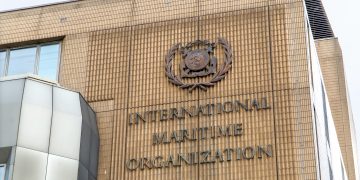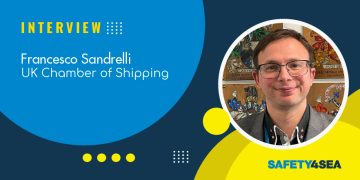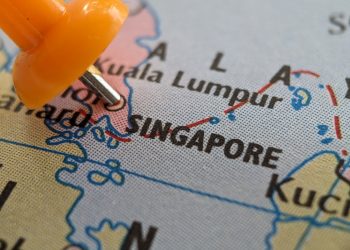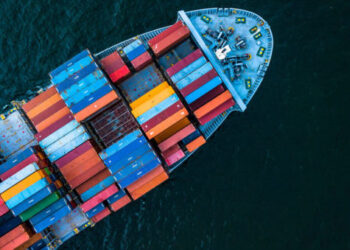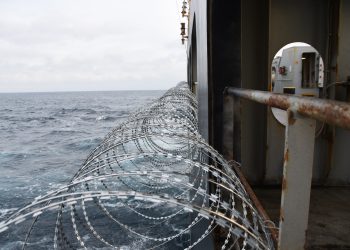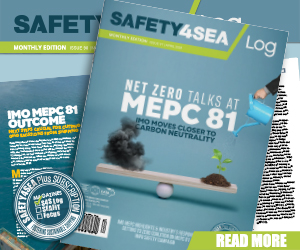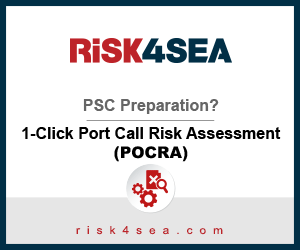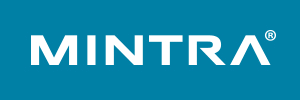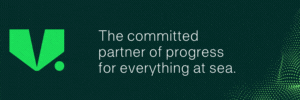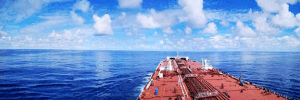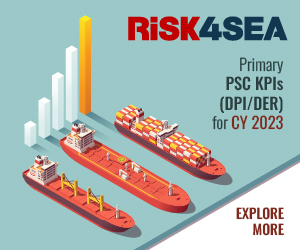The UK Club’s local correspondents in Columbia, A&A Multiprime, have issued their latest updated report on drug smuggling in Colombian ports.
As described, the report includes new smuggling methods recently observed on ships, updated new recommendations to avoid the problem and an update on how the situation has been developing over the last 3 years.
Cocaine Production in Colombia
Colombia currently accounts two thirds of the global area under coca bush cultivation and cocaine production. Colombia´s potential pure cocaine production increased from 918 metric tons in 2019, to 1,010 metric tons in 2020, which ratifies its undesirable position as the greatest cocaine producer in the world.
The United Nation’s Office on Drug and Crime (UNODC) established that the majority of the cocaine trade around the world is done by sea transport.
Most common strategies/methods currently used by drug traffickers
Colombian drug traffickers develop every day new complex trafficking patterns to use commercial vessels and their crews to transit illicit substances, especially cocaine, worldwide.
#1 Introducing bags filled with drugs in the sea chests and/or attaching them to the vessel´s hull, rudders, anchors, propeller, vents, or water inlets.
#2 Hiding relatively small amounts of drugs in certain remote locations onboard with collaboration of stevedores or even crew members. In some cases, visitors board the vessel and quickly hide these packages in certain
remote locations.
#3 Placing illegal substances within sealed containers before loading.
#4 Burying packages with drugs within bulk cargoes.
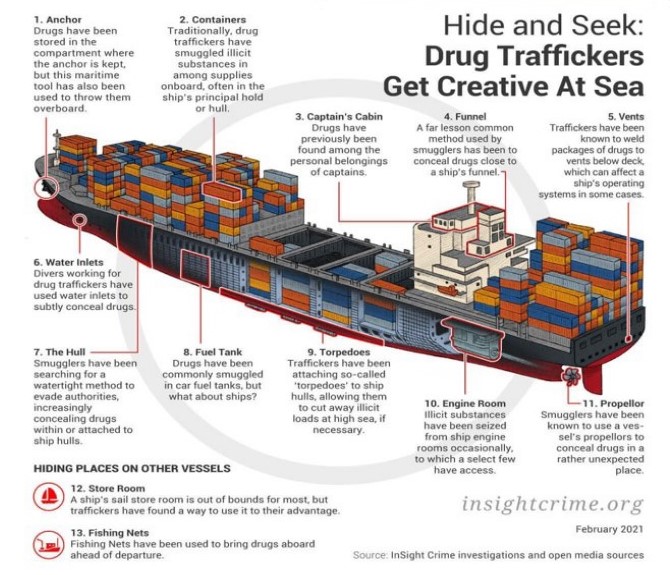
Trafficking routes from Colombian ports
Colombia continues to be the primary cocaine trafficking producer to North America and Europe. According to UNODC in 2019, 87% of the cocaine seized coming from abroad in the United States was originated in Colombia.
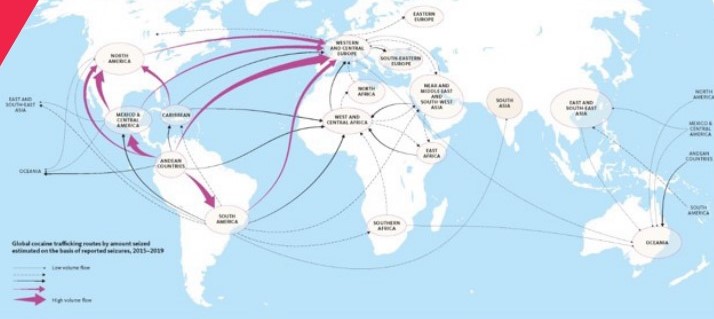
Preventive measures
Vessels calling to Colombian ports should take actions to reduce the risks of drugs being placed in any manner in/on the vessel. To fully protect Member´s interests concerning drug smuggling at Colombian ports, we recommend the following advice and preventive measures:
#1 Current situation and specific risks at Colombian ports
- Drug inspections performed by the Colombian navy are mandatory at the following ports: Puerto Drummond, Puerto Nuevo, Puerto Bolívar, Puerto Brisa and all Ecopetrol Terminals.
- In the rest of Colombian ports, underwater inspections are not mandatory, but advisable due to drug smuggling risks.
#2 Recommended measures before entry
- The crew going ashore should be informed that it is common practice in Colombia that drug traffickers may seek to be friendly just to achieve their co-operation to smuggle drugs and that local authorities are likely to act forcefully against any crewmember who is considered to be associated with drug traffickers.
- The owners and operators of vessels trading in Colombia must ensure that the Ship’s Security Plan (SSP) is regularly reviewed and updated.
- The ship´s agent must provide the Master with the relevant updated data related to the Colombian Port. The Master should demand prompt delivery of this data from the ship´s agent.
- The ship should keep accurate records of all activities observed and the actions taken by local authorities, stevedores and other shore-based personnel and crew before entry into port, during the stay and immediately after departure.
#3 While in port or at anchor
- Prior to Sailing, an underwater inspection could be undertaken by a reliable private Diving Company.
- Permanent watchmen should be present in areas where stevedores or repair technicians are working onboard the ship. During hours of darkness all areas should be well lit to facilitate visual monitoring of activities.
- The crew member on guard should undertake body/belongings searches at all times to people entering the ship.
- The crew should perform regular shipboard inspections throughout the duration of the port call.
- Even detailed searches prior to departure can sometimes be inadequate due to the inaccessibility of some areas of the vessel.
Actions to be taken if drugs are found onboard
If drugs are found onboard, the following actions would be highly
recommendable:
- the shipowner/manager should be immediately contacted.
- Formally inform and provide all the available information to the Police at the port.
- The drugs must not be touched.
- Photograph or video the area of the ship where the drugs were found but leave it untouched and seal it off to prevent any unauthorized access.




